Föreläsare på Vårmötet i Patologi 2020
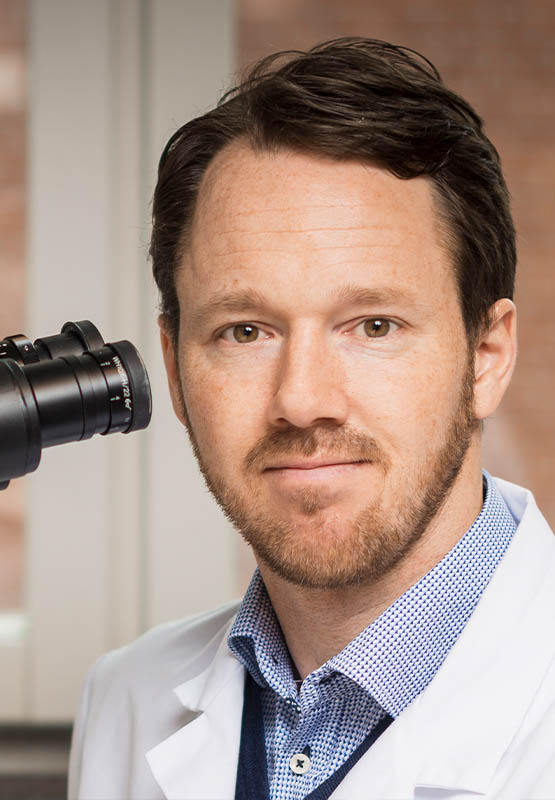
Dr. Johan Hartman
Johan Hartman är docent i patologi och forskargruppsledare vid Karolinska Institutet. Han ansvarar för bröstpatologi verksamheten vid Södersjukhuset och är sammankallande i bröst-KVAST. Johans forskning syftar till utveckling av analyser för individanpassad cancerbehandling. Johan har varit en flitigt inbjuden föreläsare inom cancersekvensering och precisionsmedicin.
Föreläsningen:
Cancersekvensering och digitalpatologi innebär möjligheter att klassificera och diagnostisera sjukdomar på ett helt nytt sätt. Det är en förutsättning för individanpassad cancerbehandling, sk precision medicine. Men det innebär också utmaningar för oss patologer som behöver bekanta oss med nya arbetssätt och tekniker. Denna föreläsning kommer vara en exposé över de viktiga nya diagnostiska metoderna. Genpaneler kan kan användas för att identifiera behandlingsbara genförändringar hos cancerpatienter och expressionsanalyser för att t ex bedöma recidivrisken för bröstcancerpatienter. Sist men inte minst, digitaliseringen gör det möjligt för oss att använda avancerade bildanalytiska system baserade på AI. Sådana tekniker kommer kunna fungera som beslutsstöd till patologen och för att identifiera en cancerpatients prognos.
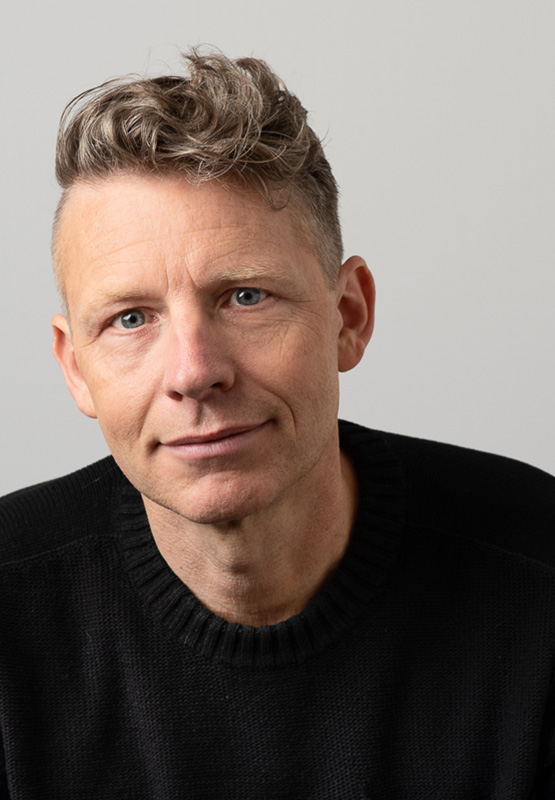
Dr. Gilles F.H. Diercks
Dr. Gilles F.H. Diercks is a board certified dermatopathologist and specialized in immunofluorescence and electronmicroscopy. He is head of the immunodermatology laboratory of the University Medical Center in Groningen, The Netherlands. The Laboratory for Immunodermatology is part of the Center for Blistering Diseases at the University Medical Center Groningen. The Center for Blistering Diseases is a nationally recognized expertise center in which dermatologists, pathologists, immunologists and clinical geneticists work together. The laboratory specializes in immunofluorescence of skin and mucosal biopsies and also uses various, partly unique, serological tests, which enable us to detect and classify autoimmune blister diseases fast and reliable. In addition the laboratory is involved in the diagnosis of hereditary blistering diseases (epidermolysis bullosa). Next to being a diagnostic laboratory, the laboratory also plays an important role in the scientific research of blistering diseases, in which there are several national and international partnerships.
The lecture will involve autoimmune blistering diseases in general and the diagnostic techniques used by our laboratory to diagnose and classify autoimmune blistering diseases.
More information about the laboratory can be found on www.immunoderma.org.
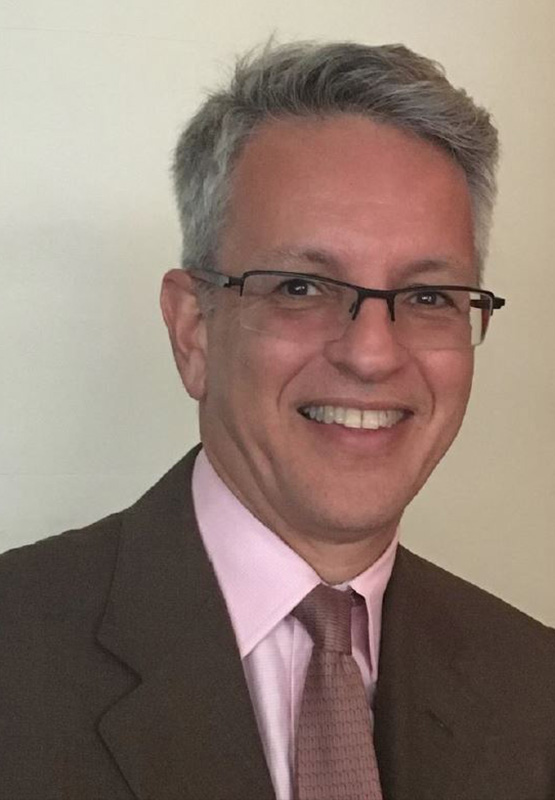
Dr. E Calonje
Dr E. Calonje is the chair of the dermapathology working group of the European Society of Pathology. After completing clinical pathology training in Colombia, he pursued his interests in dermatopathology and soft tissue pathology and did many fellowships in the USA and UK. Currently he works as the lead of St. John’s Institute of Dermatology, St Thomas Hospital, United Kingdom. Authors/co-authors of many dermatopathology textbooks and more than 200 peer-reviewed publications, he is also the main editor of McKee’s book “Pathology of the Skin with Clinical Correlations” as well as editor of several scientific journals.
Melanocytic lesions are very common and the histological diagnosis of most of these neoplasms poses no problems in routine diagnostic dermatopathology.
However, there is a small percentage of tumours which are particularly difficult to diagnose requiring not only extensive examination of additional sections but also the use of ancillary techniques including immunohistochemistry and molecular biology. Furthermore, more often than not, a second opinion is necessary to establish an accurate diagnosis. A further peril for the pathologist/dermatopathologist in this challenging field is the fact that on occasions mistakes are made when the diagnosis of malignancy is not suspected (i.e. naevoid melanoma). This presentation will emphasise different selected pitfalls in the diagnosis of melanocytic tumours.
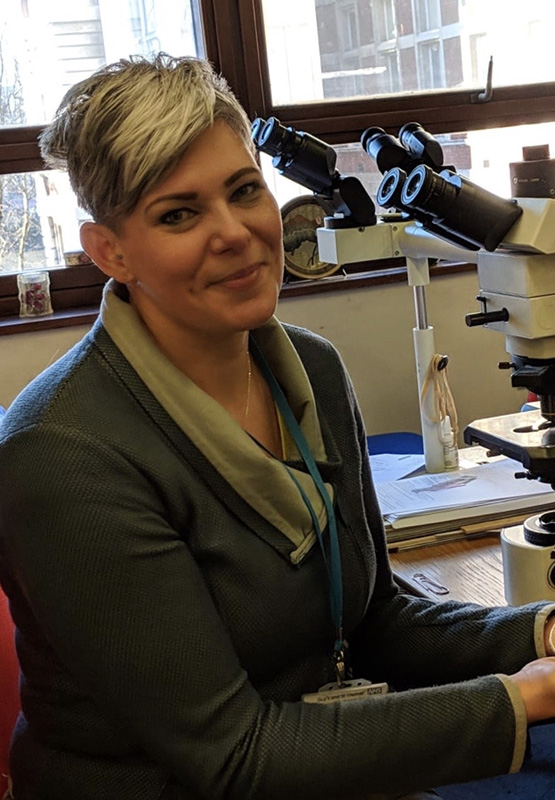
Dr. Agnes Pekar Lukacs
Född och uppväxt i Ungern. Avslutade Szeged Universitet 2007. Flyttade till Sverige 2008. Jobbar som specialist hudpatolog på Malmö patologi avdelning, Lunds Universitet.Tog ICDP examen 2016 i Frankfurt. Satt med professor Kazakov i fyra månader och professor Cerroni i en månad år 2015-2016. Regelbunden besökare till Dr Eduardo Calonje sedan 2017.Inskriven av Dr Calonje i McKee dermatopathology boken.
Medförfattare i artiklar. Dr Pekar-Lukacs huvudsakliga intressen är hudpatologi och har favorit område som adnexala tumörer. och mjukdelspatologi.
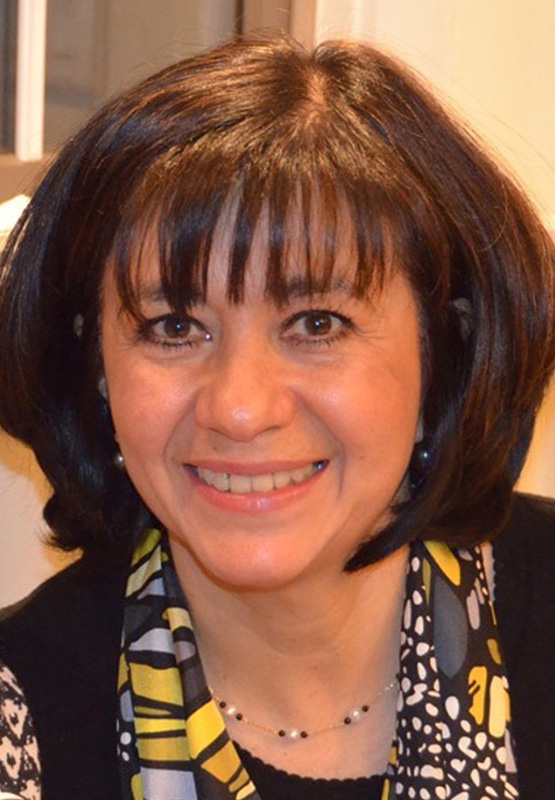
Dr. Leticia Quintanilla-de Fend
Quintanilla Fend's talk will focus on challenging EBV+ cutaneous lymphoproliferative disorders and their impact in the practice of hematopathology and dermatopathology. The updated WHO classification recognized and conceptually reviewed some of these EBV+ cutaneous lymphoproliferative disorders such as hydroa vacciniforme-like LPD and EBV+ mucocutaneous ulcer. EBV-positive mucocutaneous ulcer is a newly recognized clinicopathological entity in the 2016 revision of the WHO lymphoma classification.
The disease often occurs in elderly patients or in the setting of iatrogenic immunosuppression, which plays a role in the pathogenesis. EBVMCU usually presents as an isolated ulcerative lesion, most commonly involving the oral mucosa but also may appear in the gastrointestinal tract or in the skin. The disease typically follows an indolent clinical course with spontaneous regression in some cases. Recent studies have demonstrated that classic hydroa vacciniforme in Caucasians is also an EBV+ LPD but with better prognosis and usually self-limited. Other EBV+LPD secondary involving the skin will be discussed.
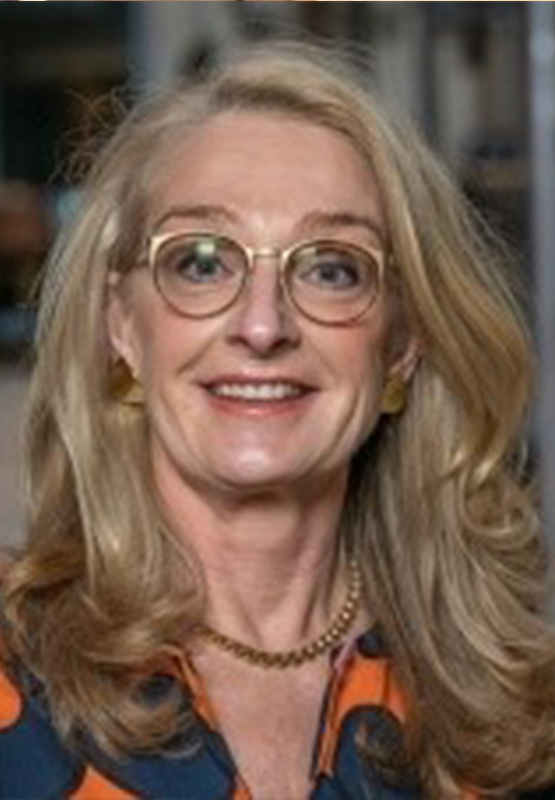
Dr. Susanne Vandell
Susanne Vandell Uddströmer är överläkare på hudkliniken, Region Gävleborg och bl a Processledare för malignt melanom vid RCC Uppsala-Örebro. Med en bakgrund inom kirurgin föll det sig naturligt med inriktning på hudkirurgi och hudonkologi, vid byte av specialitet till dermatologi. Susanne har varit ordförande för SDKO, Sveriges dermatologiska kirurger och onkologer och är medförfattare inom nationella vårdprogram. Hon kommer att berätta om det pionjärarbete som hon och Region Gävleborg utfört inom teledermatoskopin.
Vi kommer att få ta del av bakgrund, genomförande, och resultat. Regeringen har beslutat att stödja ett nationellt införande av metoden, ett arbete som Susanne är delaktig i.
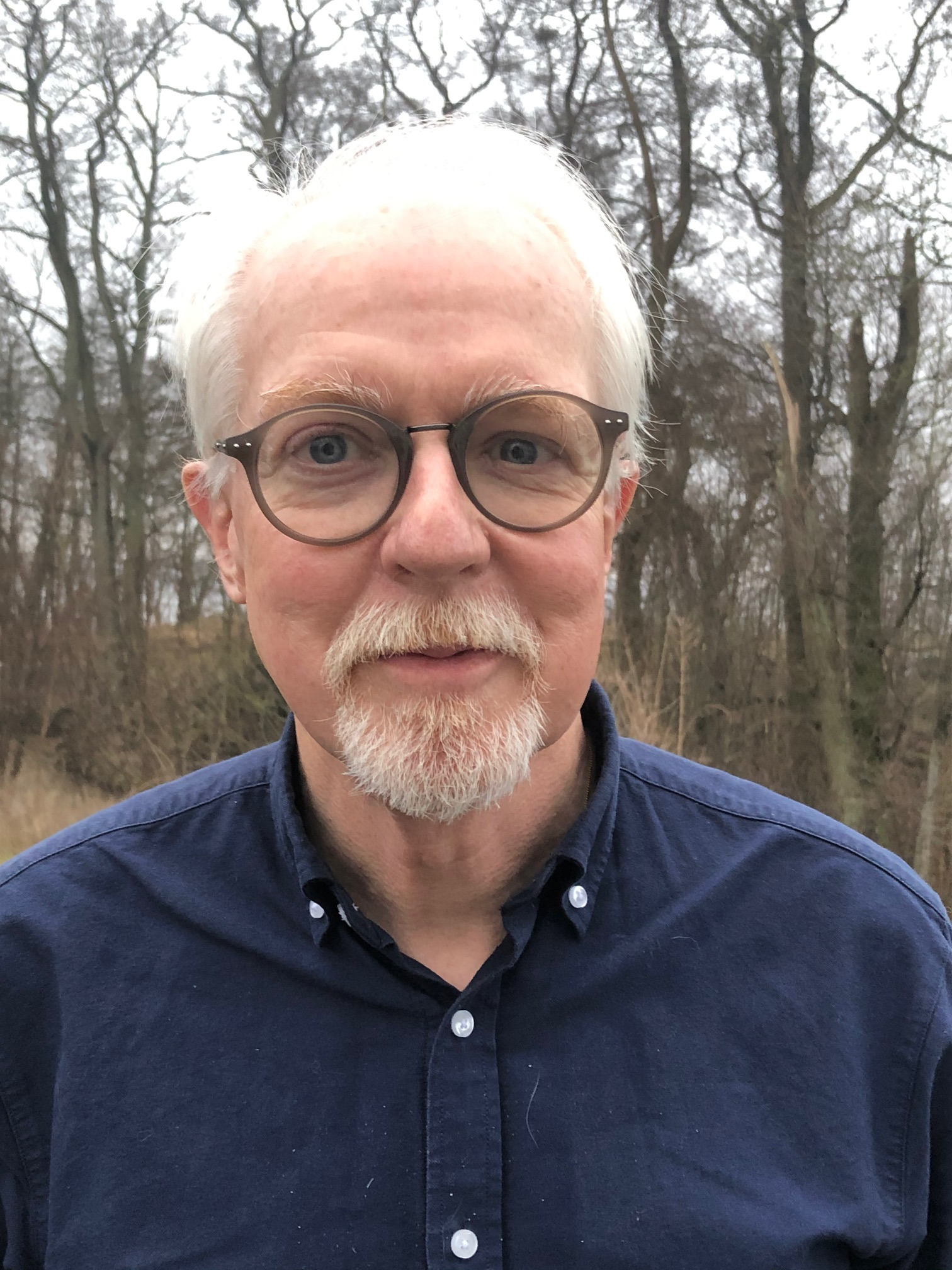
Dr.Tomas Seidal
Ackreditering är en etablerad del av de flesta patologavdelningars verksamhet. Det ställer en hel del krav när det gäller dokument, ledningssystem, kvalitetstänk och följsamhet mot rutiner. Rätt använt är det ett kraftfullt instrument för att erhålla och bibehålla en god kvalitet. Denna presentation baserar sig på drygt fem års erfarenhet som teknisk bedömare åt Swedac och syftet är att svara på en serie frågor: Vad innebär ackreditering? Varför skall man ackreditera verksamheten? Är det värt besväret?
